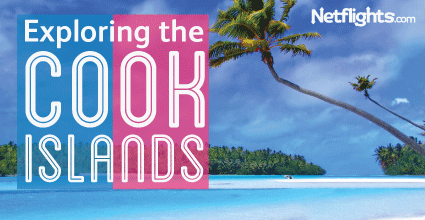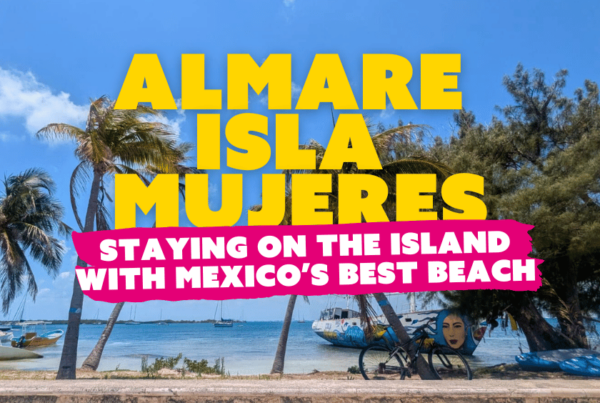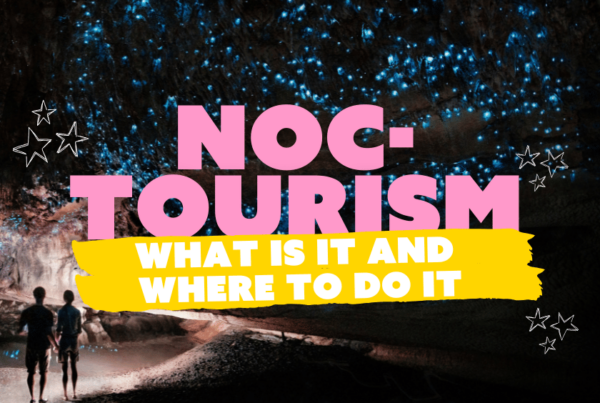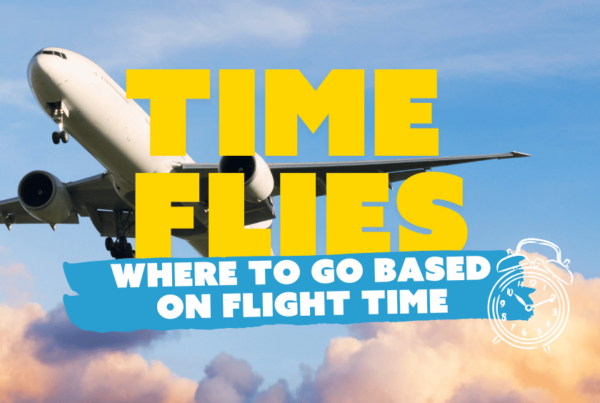
Exploring the Cook Islands
Exploring the Cook Islands
A true tropical paradise, the Cook Islands are half a world away – literally in fact. Set in the remote South Pacific, in between Hawaii and New Zealand, they’re about as far away from the UK as you can get. But as soon as you arrive at this picture-perfect destination the stresses and strains will melt right away, as you drift into island time.
A Long History
The Cook Islands are made up of 15 small islands scattered in an area of deep blue ocean, the size of Western Europe. They got their name from explorer Captain Cook who first discovered them in 1770. For years they were a British colony before being handed over to New Zealand, these days they’re mostly self-governing, but still have ties to New Zealand. The climate is pretty much perfect, with the tropical heat moderated by trade winds, and the islands combine spectacular natural scenery and a fascinating Polynesian culture.
Rarotonga
With a mixture of dramatic jagged mountains and thick jungle inland, alongside white sandy beaches on the coast, Rarotonga is the largest of the Cook Islands and the base for most international flights. But don’t think that means it’s a big metropolis; there’s one main road on the island, no chain hotels and the tallest building isn’t any higher than a palm tree. Rarotonga has a great mix of adventure and relaxation. You could easily while away days swimming and sunbathing on the beach, but there’s also a lot to see and do.
You can head inland and explore Rarotonga’s jungle-covered peaks on one of Pa’s Cross Islands Trek eco-tours, where local guide Pa takes visitors swimming in waterfalls, and a hiking up to the top of the 400-metre-high Needle. There are plenty of other hiking routes among the forests or you can try another land-based adventure like a 4WD tour, quad biking and horse riding. There are also cultural sites like Arai-Te-Tonga to visit, a scared place or marae which dates back to 1250 AD. Offshore there’s snorkelling and diving, kayaking, kite-surfing and big game fishing where you can catch barracuda, tuna, marlin and mahi-mahi.
Explore the Culture
For an insight into Polynesian culture, catch a show of traditional music and dancing at one of the resorts or at the Highland Paradise Cultural Centre, set in an old mountain village. You can also take a trip to the Punanga Nui Market to pick up fresh produce, handicrafts, carvings and jewellery; taste some of the local spicy banana liqueur or a freshly baked coconut bun. To meet the locals, visit one of the island’s coral churches for Sunday worship, where you can listen to the harmonious gospel singing, before getting a chance to chat over tea afterwards.
Aitutaki
A 45-minute plane journey from Rarotonga, Aitutaki is a hook-shaped atoll lying on top of a coral lagoon that teems with marine life. On the surface there are stunning beaches, and below the waterline you’ll find shoals of technicolour fish. You can cruise the lagoon on a glass-bottomed boat, go snorkelling or diving. It’s a great place for beginner divers in particular, as the currents are gentle and the dive sites are close to the shore. To find out more about the marine life, the island has its own research centre dedicated to preserving its amazing underwater world; where you can learn about the resident giant clams and green sea turtles.
Further Out
From Aitutaki the islands get quieter and more remote – out here you’re well and truly off the tourist track. Atiu is a steep volcanic island that’s a dream for ecologists with its flocks of birdlife and deep limestone caves. You can also join the island’s 400 residents over some of the best coffee in the Pacific, or their local tumunu ritual; drinking fermented fruit juice from half a coconut. The distant northern islands of Penrhyn and Manihiki are home to the black pearl fields, one of the Cook Islands’ most famous exports. And with nine of the Cook Islands being home to 90% of the islands’ population, it’s not hard to find a deserted spot on the smaller, uninhabited islands, to live out your Robinson Crusoe fantasies.



